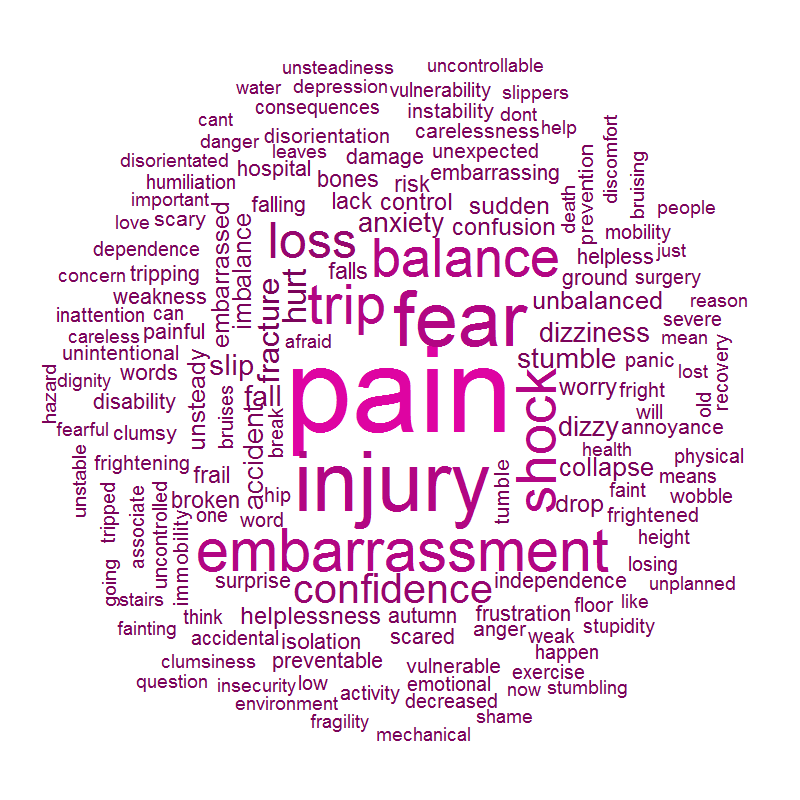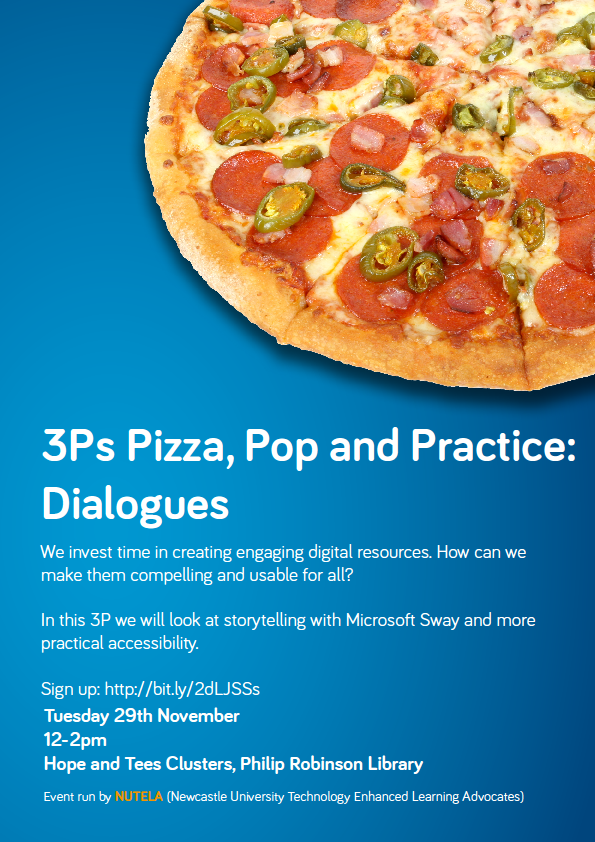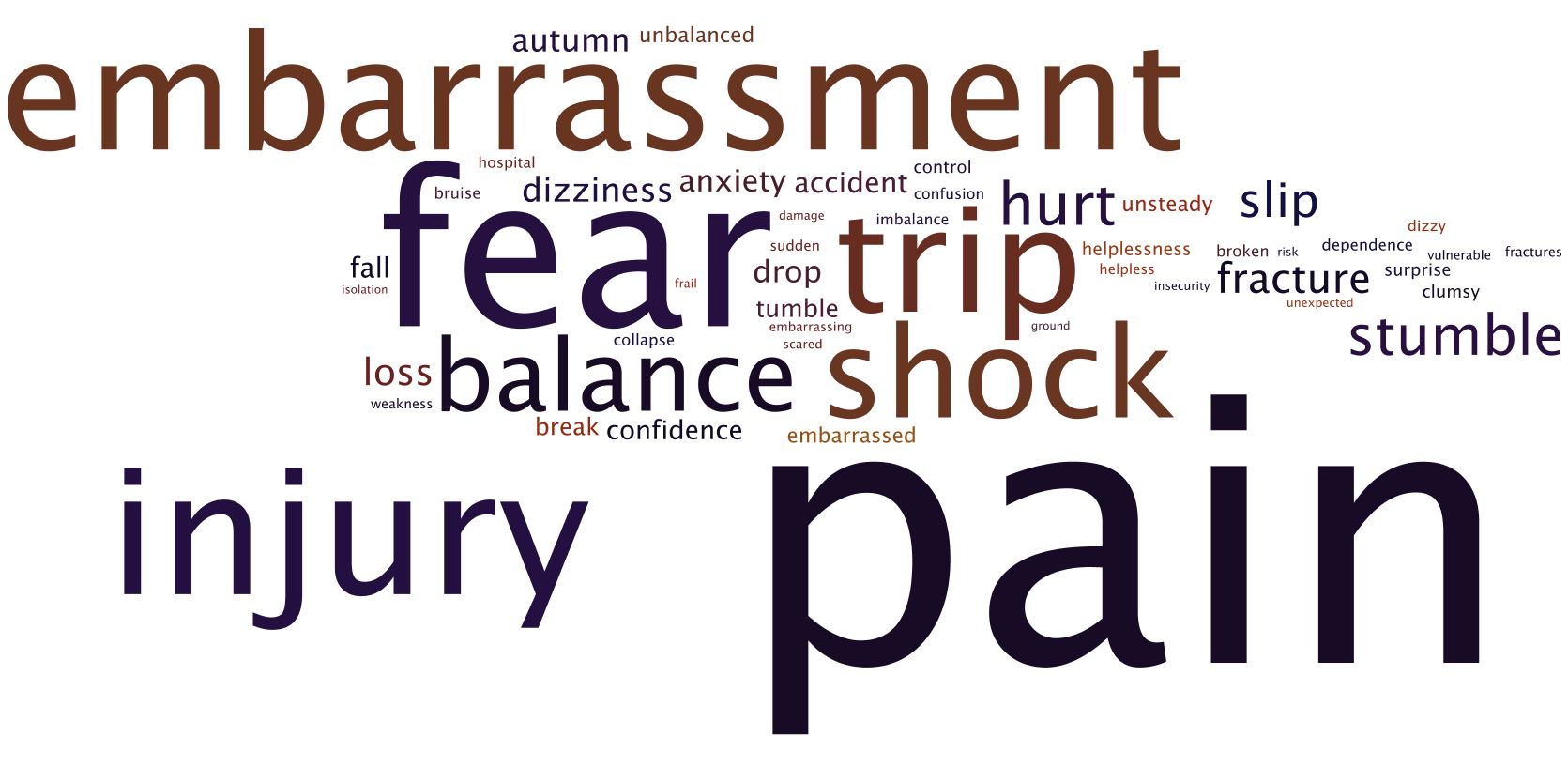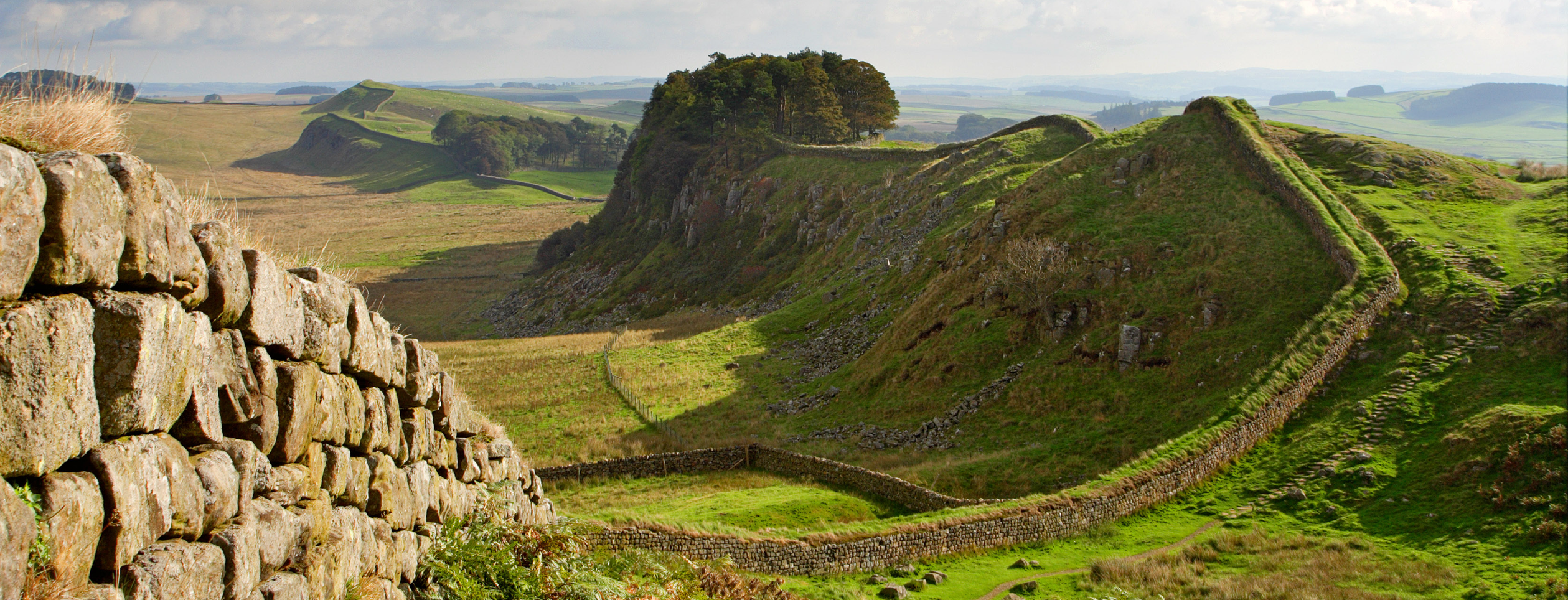Why do we feel embarrassed when we fall?
Embarrassment may actually serve us and protect us
 For a moment, it seems as though all the eyes in the world are focussed on us, just as we are feeling particularly vulnerable, lying on the ground. Given that almost everyone who has ever walked on the earth will have experienced a fall at some point in their life, why is it so embarrassing to fall in public? In fact, we can all probably empathise with someone in this position, having been through it ourselves.
For a moment, it seems as though all the eyes in the world are focussed on us, just as we are feeling particularly vulnerable, lying on the ground. Given that almost everyone who has ever walked on the earth will have experienced a fall at some point in their life, why is it so embarrassing to fall in public? In fact, we can all probably empathise with someone in this position, having been through it ourselves.
That intense emotional feeling of discomfort which appears immediately on hitting the ground can stay with us for days or even weeks. In the immediate moments of embarrassment we may try to divert attention away from ourselves by laughing and turning the situation into a humorous one. Or, we may become angry and to place blame, shifting the focus of attention, and the uncomfortable feeling, away from ourselves.
There is a theory that the feeling of embarrassment is protective in some ways. It gives us feedback, in a similar way to pain, that the situation is bad for us. This could make us change our behaviour in order to prevent being in the same situation again. If we fall in a particular place outdoors, do we change our behaviour at that spot? And if so, do we change in order to prevent injury, or is it to prevent embarrassment?
Previous research has shown that people, who do not experience the emotion of embarrassment, tend to partake in more antisocial behaviour. So embarrassment may actually serve us and protect us from risky behaviour or putting our heads above the parapet.
Blushing is just one of the physical characteristics of embarrassment. It is an uncontrollable reflex that makes us very visible to those around us. Charles Darwin found it fascinating and even wrote a whole book chapter about blushing, describing it as
“…the most peculiar and most human of all expressions”
Blushing arises because the blood vessels in our cheeks react differently to blood vessels in other parts of our body when under stress. So while our hands might go pale and clammy, our cheeks may turn ruddy. However, this effect wears off with advancing age and is usually limited to younger people.
Some psychologists believe that blushing is a very useful tool to have in social situations. It provides an immediately recognisable signal that we know the situation is awkward, that we are able to react emotionally to social situations and that we are not prone to antisocial behaviour.
Will understanding these theories make falling in public any less embarrassing? Probably not. But maybe we can accept that sometimes embarrassment may be useful, it may help protect against falls and we shouldn’t be embarrassed by being embarrassed!









